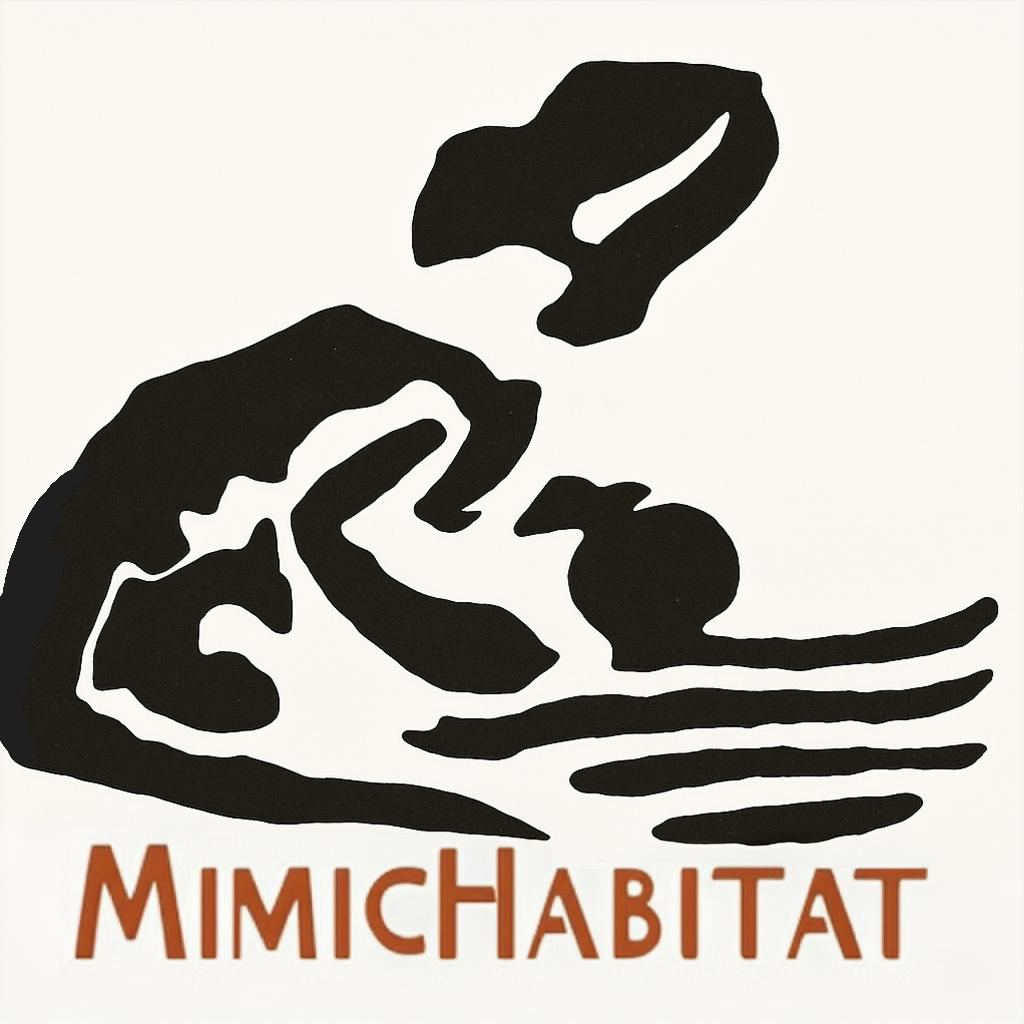Thermal Truths: Separating Substrate Myths from Metabolic Reality
How substrate choice influences temperature management and digestive function in exotic reptiles

The change in seasons invariably leads reptile hobbyists to focus intently on supplemental heating and ambient air temperature. However, the true foundation of effective reptile care lies in understanding conducted heat, where the substrate is the most critical, yet often overlooked, component. A reptile is an ectotherm, meaning its entire physiological life—including immune response and mobility—is driven by its ability to attain a Preferred Optimal Temperature Zone (POTZ), which is best achieved through direct contact with a warm surface, not just warm air.
An enclosure that feels warm but has a poorly chosen substrate is like installing carpet in a bathroom: the material creates more issues than desired due to moisture retention and is ultimately not beneficial for the animal's needs. The surrounding air temperature may be high, but the wrong surface material can fail to transfer or even actively draw essential heat away from your reptile's body through conduction.
The most critical process reliant on this conducted heat is digestion, where metabolic functions require elevated temperatures to ensure digestive enzyme activity and proper gut motility. Research consistently shows that a reptile’s body temperature directly dictates the speed and efficiency with which it can break down and pass its food (Beaupre et al. 1993; Mackay 1968). This high thermal demand for post-feeding metabolism brings us to the widely misunderstood issue of impaction. While impaction, an intestinal blockage, is commonly blamed on the ingestion of loose substrate like sand or soil, this is a distraction from the true cause.
Impaction is overwhelmingly a secondary condition resulting from inadequate thermal provisioning. If a reptile’s basking area or thermal gradient is too cool, its digestive enzymes slow down dramatically, causing food to sit undigested (Exotics Keeper Magazine 2025; ReptiFiles 2020). This undigested material then dehydrates and hardens—a fecalith—causing the blockage. Therefore, it is insufficient heat, not the substrate itself, that prevents the body from breaking down and passing its meals. Healthy reptiles, which have evolved over millennia to live on particulate substrates, will pass small amounts of accidentally ingested material easily, provided their body temperatures are high enough to maintain vigorous digestive tract function.
The Thermal Properties of Substrates
Understanding the thermal properties of common materials allows hobbyists to strategically use the substrate as a thermal reservoir. The material's specific heat capacity (how much energy it can store) and thermal conductivity (how well it transfers heat) are key (Meek et al., 2020)(O'Sullivan et al., 2023):

By focusing on the thermal mass of your substrate, you move beyond simple ambient air heating and provide a scientifically-informed, dynamic thermal foundation that enables your reptile's natural, life-sustaining digestive processes, thereby mitigating the real cause of impaction. Utilizing high-density materials, such as the crushed stone or compacted soils referenced in contemporary habitat systems, creates microclimates that facilitate rapid and efficient thermal uptake, ensuring that the internal engine of your ectotherm is functioning precisely as its evolutionary biology requires.

